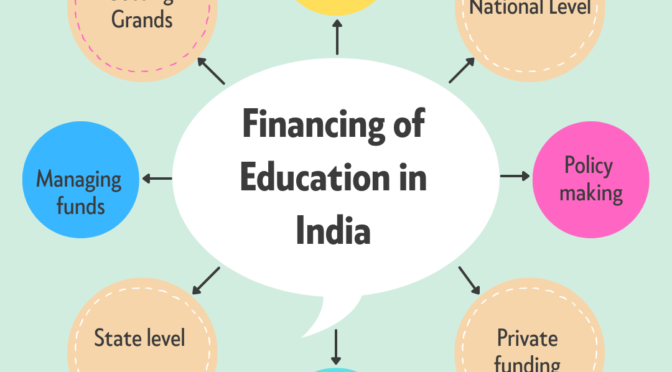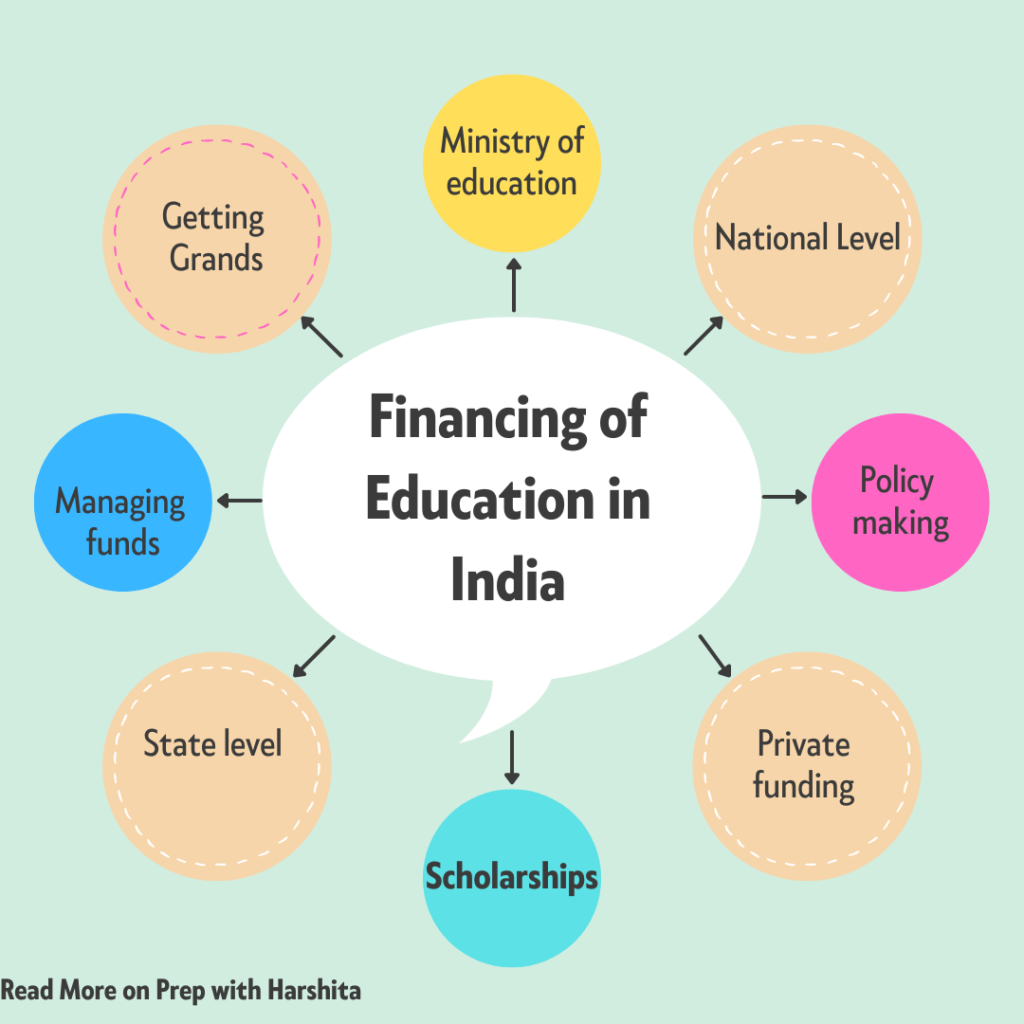In India, the Central State Relationship in Financing of education is complex. Education is a concurrent subject, which means that both the central government and state governments have the power to make laws and policies related to education. However, the primary responsibility for financing education lies with the state governments. This is because education is listed as one of the subjects in the State List under the Indian Constitution, and therefore, the state governments are responsible for providing education to their citizens.
However, the central government also plays an important role in the financing of education in India. The central government provides financial assistance to the states through various schemes and programs to support the development of education in the country.
One of the major schemes implemented by the central government for the financing of education is the Sarva Shiksha Abhiyan (SSA), which was launched in 2001. The SSA is a flagship program of the central government aimed at providing free and compulsory education to all children between the ages of 6 and 14 years. Under the SSA, the central government provides financial assistance to the states for the construction of schools, recruitment of teachers, provision of textbooks and other educational materials, and the training of teachers, among other things.
Another significant program implemented by the central government is the Rashtriya Madhyamik Shiksha Abhiyan (RMSA), which was launched in 2009. The RMSA is aimed at providing secondary education to all children in the age group of 14 to 18 years. The central government provides financial assistance to the states for the construction of schools, recruitment of teachers, and the development of curricula, among other things, under the RMSA.
The central government also provides financial assistance to the states for the Mid-Day Meal Scheme (MDM), which aims to provide free and nutritious meals to all children studying in government and government-aided schools. Under this scheme, the central government provides food grains and financial assistance to the states for the preparation of meals.
In addition to these schemes, the central government also provides funding to the states for the setting up and running of central institutions such as the Indian Institutes of Technology (IITs), Indian Institutes of Management (IIMs), and Indian Institutes of Information Technology (IIITs), among others. The central government also provides scholarships and financial assistance to students from economically weaker sections of society to support their education.
Furthermore, the central government also works with the state governments to develop policies and frameworks for the development of the education sector in the country. The central government sets norms and standards for education, and the states are expected to follow these guidelines to ensure the quality of education.
Overall, while the primary responsibility for financing education in India lies with the state governments, the central government plays an important role in supporting and complementing the efforts of the states in this area through various schemes, programs, and policies.
Also Read: Central and state grants




